A tripping trip switch can be frustrating and concerning, especially when you’re not sure what’s causing it. This switch is a safety feature designed to protect your home from electrical faults, but when it keeps tripping, it might signal an underlying problem. Whether it’s an overloaded circuit, a short circuit, or something else, understanding why it happens is the first step to fixing it.
In this blog, we’ll explore the common reasons behind a tripping trip switch, guide you on how to troubleshoot the issue, and offer some practical tips to prevent it from happening again.
What is a Trip Switch?
A trip switch, also known as a circuit breaker or safety switch, is a key part of your home’s electrical system. It’s designed to automatically shut off the electricity when it detects a problem, helping to prevent electrical fires or shocks.
A trip switch works like a gatekeeper, monitoring the flow of electricity. If something goes wrong, such as too much power flowing through the wires, the trip switch “trips,” cutting off the power to protect your home. This safety feature ensures that your home’s wiring and appliances stay safe from damage.
Why Do Trip Switches Trip?
Trip switches are designed to protect your home from electrical problems, but they can sometimes trip for various reasons. Understanding these reasons can help you fix the problem quickly and safely.
The reasons for the Main Switch tripping could be any of the following:
- Main Switch is Faulty
- Water in electrical system
- Short Circuit
- Earth Fault
- Appliance Fault
- Damaged Wiring
- Damaged Outlets
- Damaged Lights
- Burnt Out Connections
- Too much plugged into one circuit
So, it means When too many devices are plugged into one circuit, the trip switch may trip to prevent an overload. This can happen if you’re using multiple high-power appliances at the same time, like a heater and a microwave.
Another reason could be a short circuit, where the flow of electricity is stopped due to faulty wiring or a broken appliance. Additionally, if moisture gets into the system, it can cause earth leakage, which might also make the switch trip.
What Are the Warning Signs of an Overloaded Circuit?
When a circuit becomes overloaded, it often results in the circuit breaker tripping to prevent damage. You might notice the power going out on and off on that particular circuit. It’s important to pay attention to these signs that may indicate an overloaded circuit:
- A burning smell near outlets or electrical panels.
- Lights that blink unexpectedly.
- Frequent tripping of electrical devices.
- Electrical accessories that feel warm or hot to the touch.
- Power outages occurring without any switches being tripped.
How to Troubleshoot a Tripping Trip Switch?
When your trip switch keeps tripping, it can be worrying, but there are simple steps you can take to find out what’s wrong. Identifying the cause of the problem is key to getting your electricity back on safely.
Let’s go through some easy troubleshooting steps to help you figure out what’s causing the issue.
Identifying the Problem
The first step is to check which appliances are connected to the circuit that keeps tripping. Start by turning off and unplugging all devices on that circuit.
Then, reset the trip switch and plug in each appliance one by one. If the switch trips again, you’ve likely found the faulty appliance or circuit causing the problem.
Resetting the Trip Switch
Once you’ve identified the problem, try resetting the trip switch. To do this, turn off all the switches in your fuse box, then turn them back on, one at a time.
If the trip switch keeps tripping, even after you’ve unplugged everything, it’s best to call an electrician to check for more serious issues.
When to Call a Professional
If you’ve tried the above steps and the trip switch still trips, it’s time to call in a professional.
Electricians like those at Unique Electrical have the tools and expertise to diagnose and fix the problem safely. Don’t try to fix electrical issues on your own if you’re unsure, as it could be dangerous.
What Are the Preventative Measures for a Tripping Switch?
After dealing with a tripping trip switch, it’s important to take steps to prevent it from happening again. By following a few simple precautions, you can keep your electrical system running smoothly and avoid the inconvenience of frequent tripping.
Let’s look at some practical tips to help you maintain a safe and stable electrical setup.
Regular Electrical Maintenance
One of the best ways to prevent trip switches from tripping is to schedule regular electrical maintenance. Have an electrician check your wiring, switches, and outlets at least once a year.
Regular checks can catch small issues before they turn into bigger problems, ensuring that your home’s electrical system remains in good condition.
Avoiding Overloading Circuits
To keep your trip switch from tripping, make sure not to overload your circuits. Spread out the use of high-power appliances like heaters, microwaves, and washing machines across different circuits.
This helps balance the load and reduces the risk of an overload, which is a common cause of tripping.
Keeping Water Away from Electrical Systems
Water and electricity don’t mix well, so it’s important to keep water away from your electrical outlets and wiring. Ensure that areas like bathrooms, kitchens, and outdoor spaces are properly sealed and protected.
By keeping your electrical systems dry, you reduce the risk of earth leakage, which can cause a trip switch to trip.
Conclusion!
Dealing with a tripping trip switch can be frustrating, but understanding the causes and knowing how to troubleshoot can help you resolve the issue quickly. Regular maintenance, avoiding overloaded circuits, and keeping water away from your electrical systems are key steps to prevent future problems.
However, if the issue continues, it’s best to seek professional help. Unique Electrical offers expert assistance to ensure your home’s electrical system is safe and reliable. Don’t take risks with your safety—contact Unique Electrical today for a thorough inspection and professional solution to your trip switch problems.






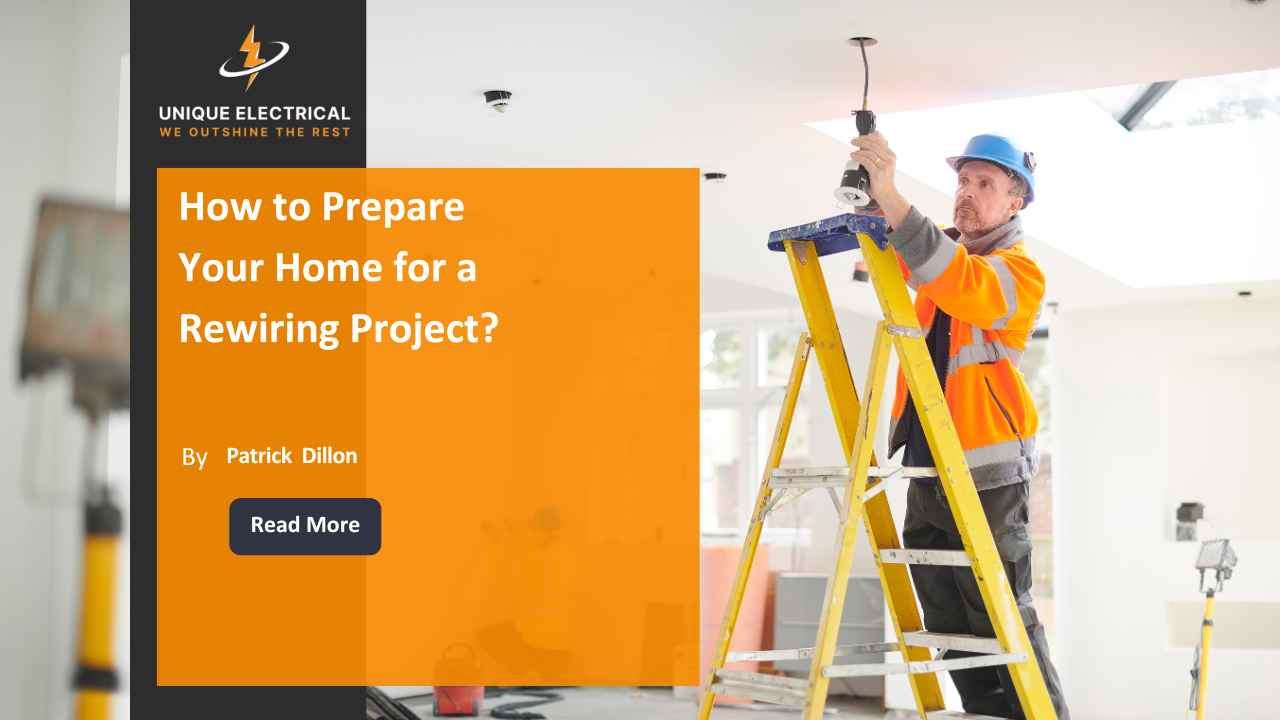


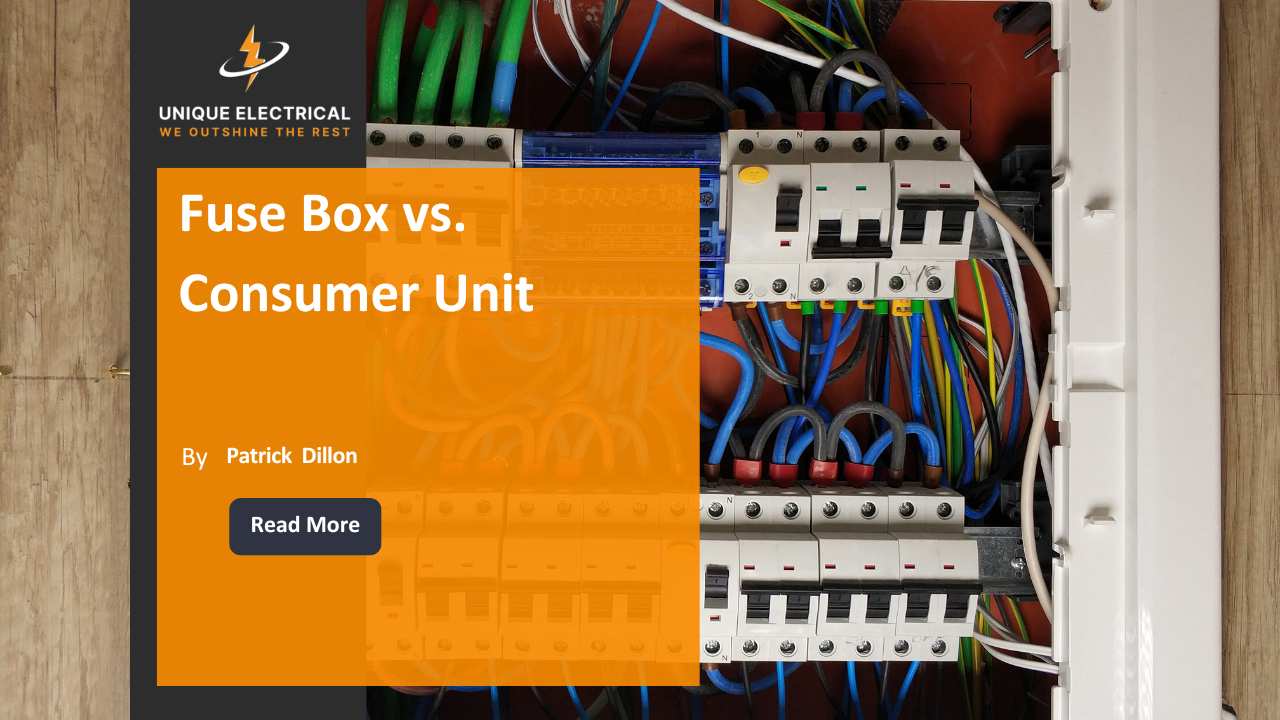
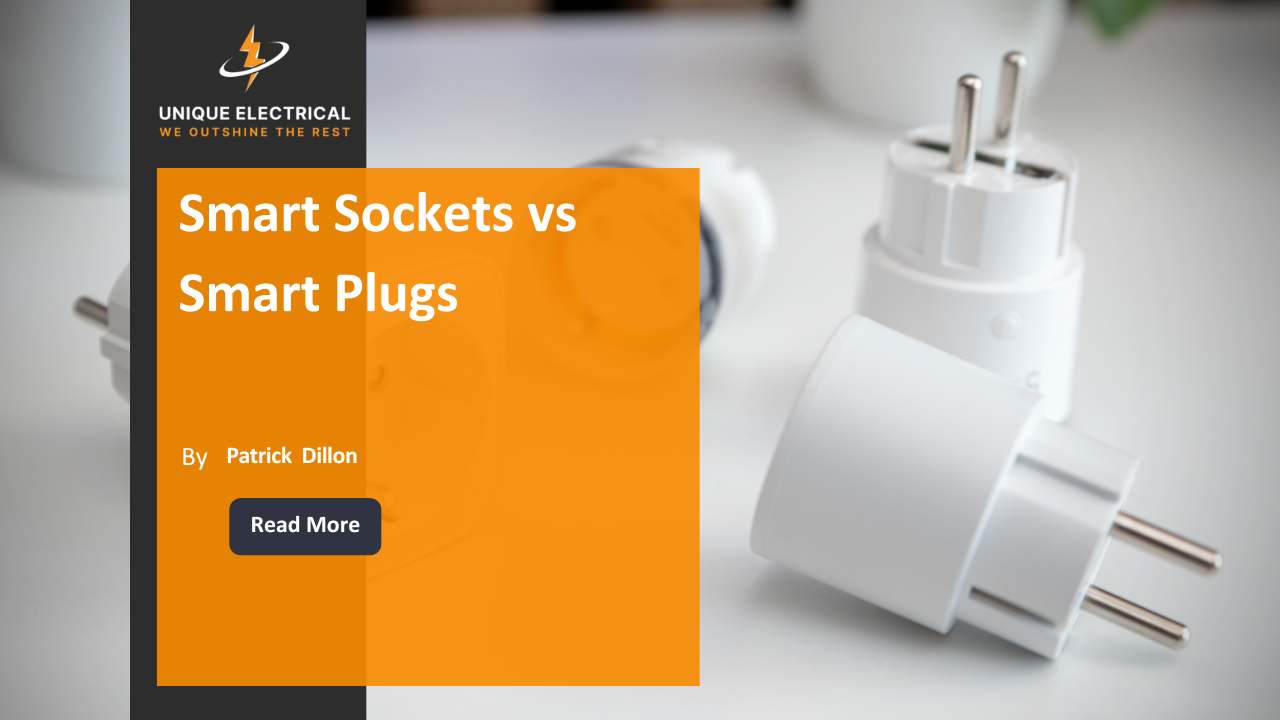
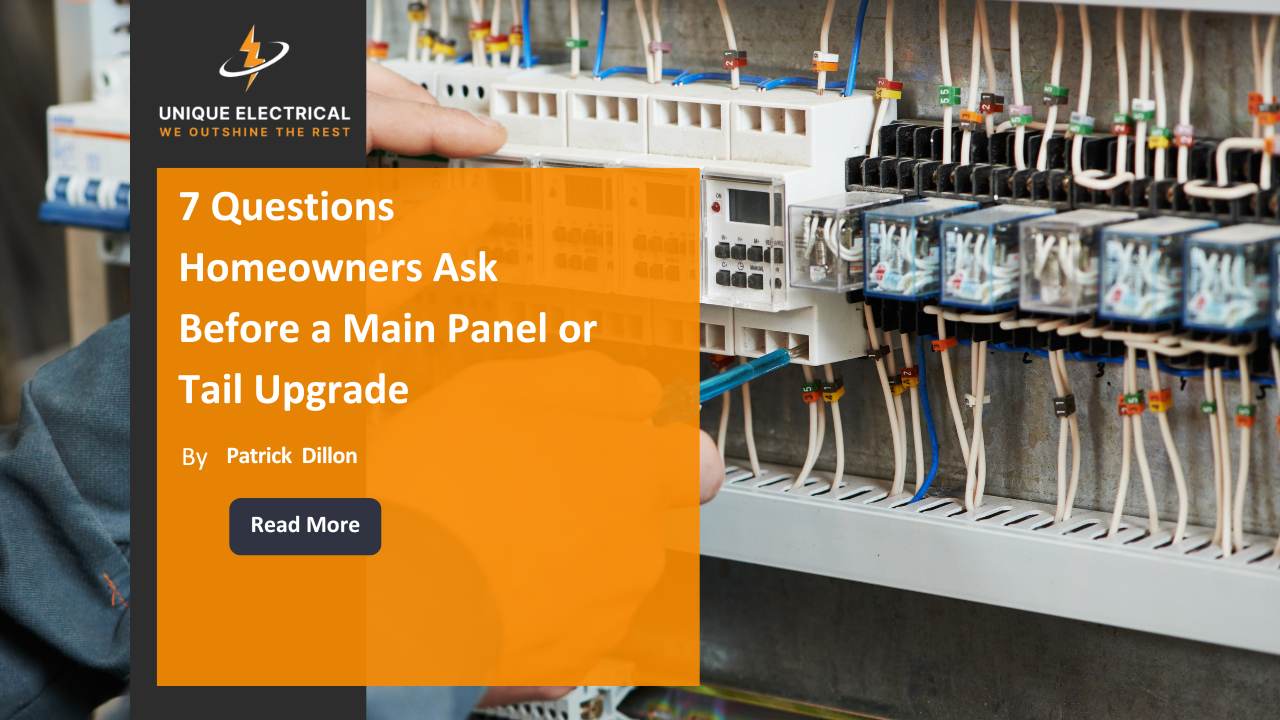
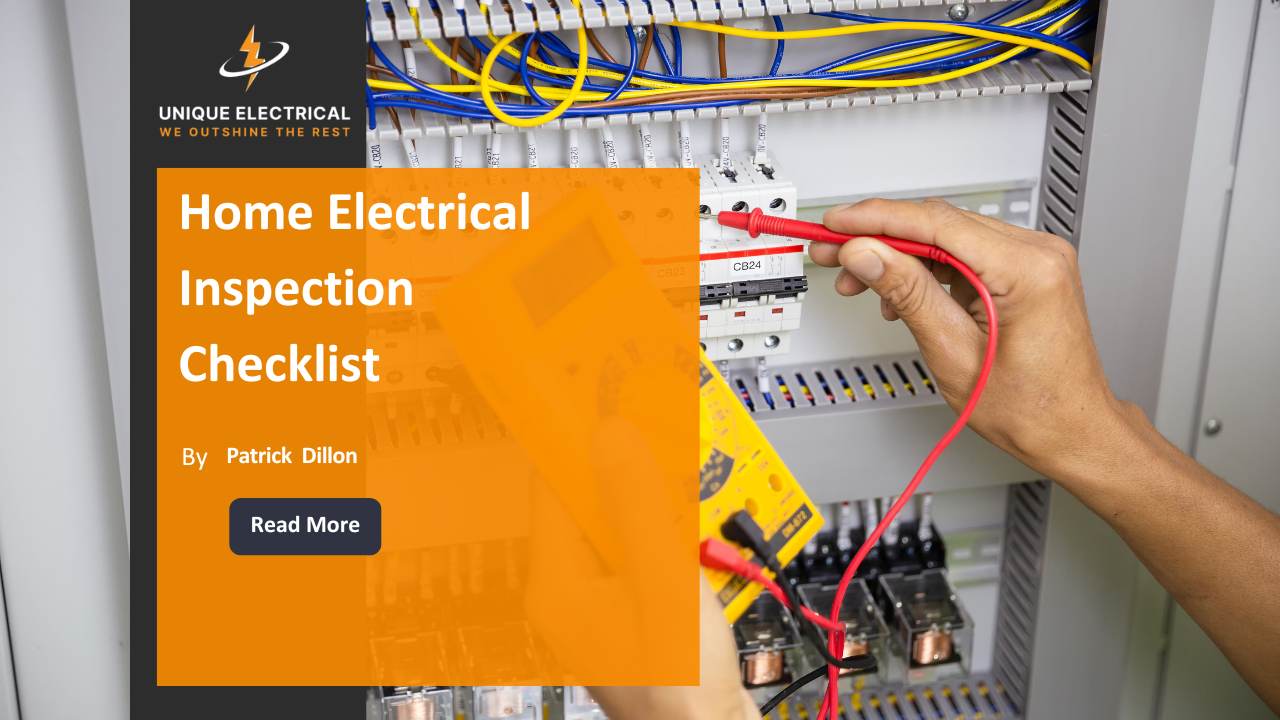
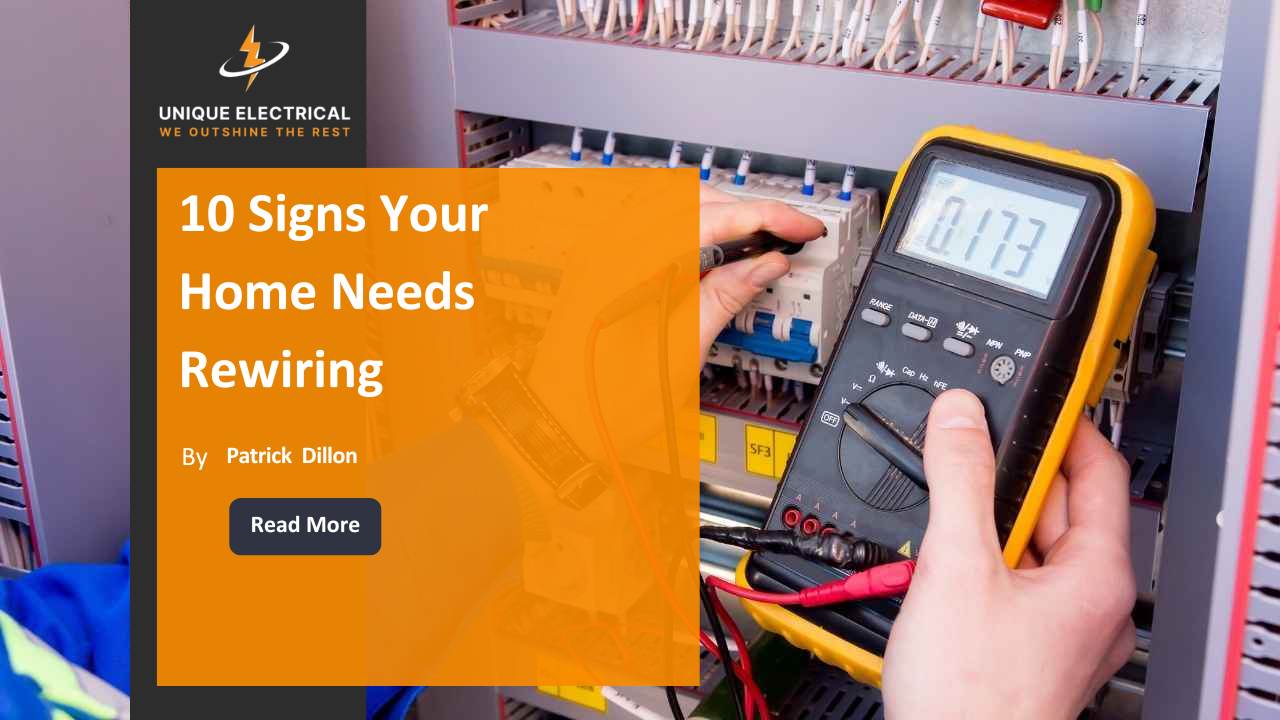

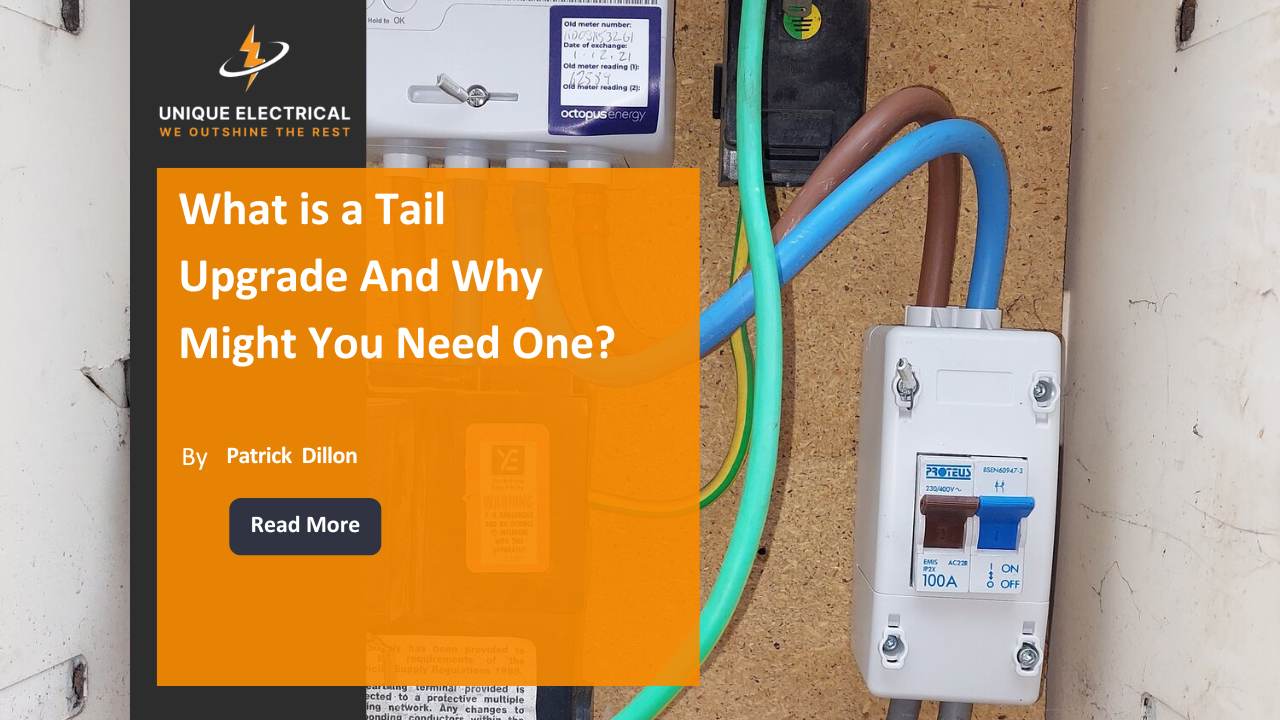












.jpg)

.jpg)




























